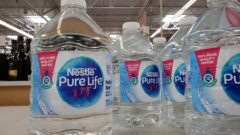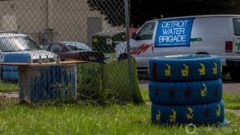Detroiters can get another 1,125 gallons of water under discount program

This article was republished here with permission from Great Lakes Echo.
By Vladislava Sukhanovskaya, Great Lakes Echo
The city of Detroit and a nonprofit agency recently added 1,125 gallons of water per person per month to a program that prevents water shut-offs in low-income households.
Great Lakes Now
https://www.greatlakesnow.org/2023/03/detroiters-can-get-another-1125-gallons-of-water-under-discount-program/



